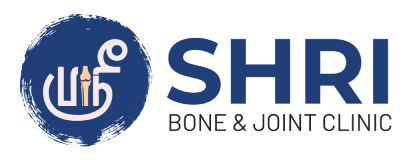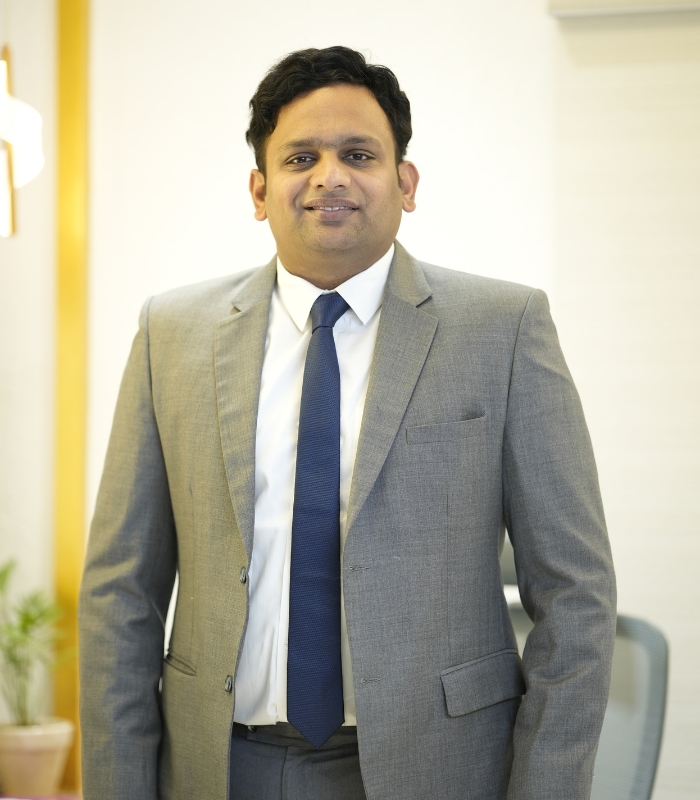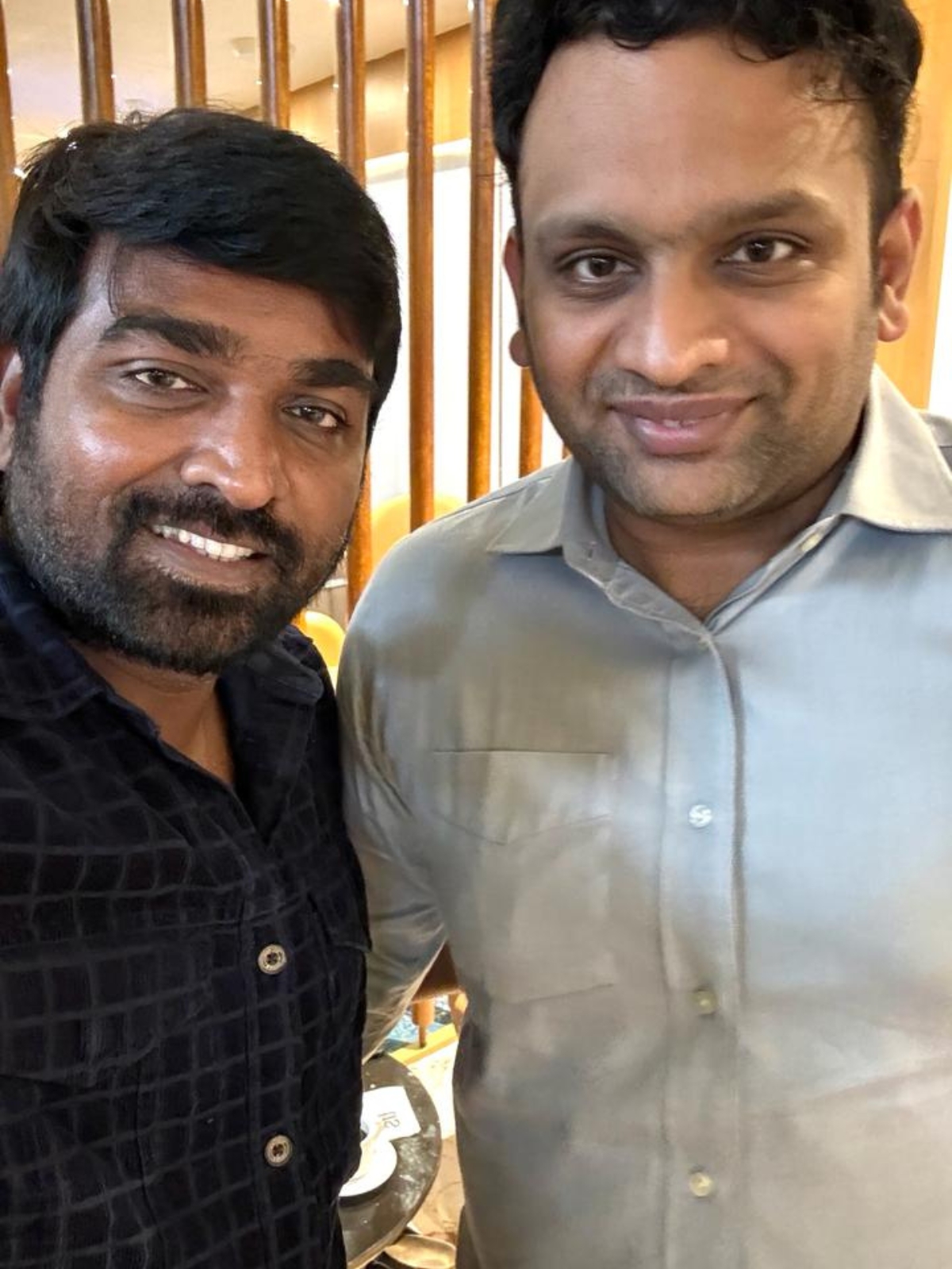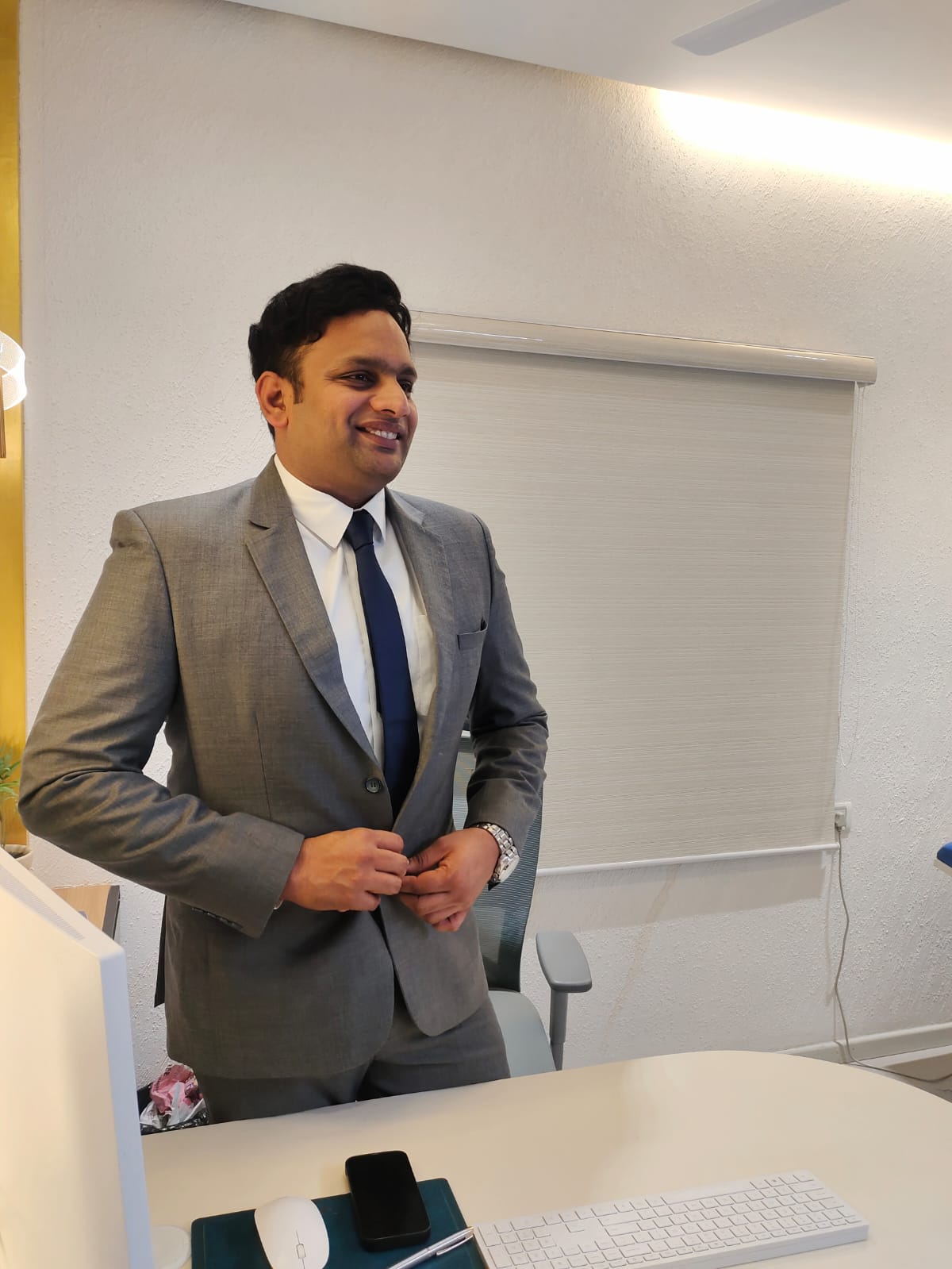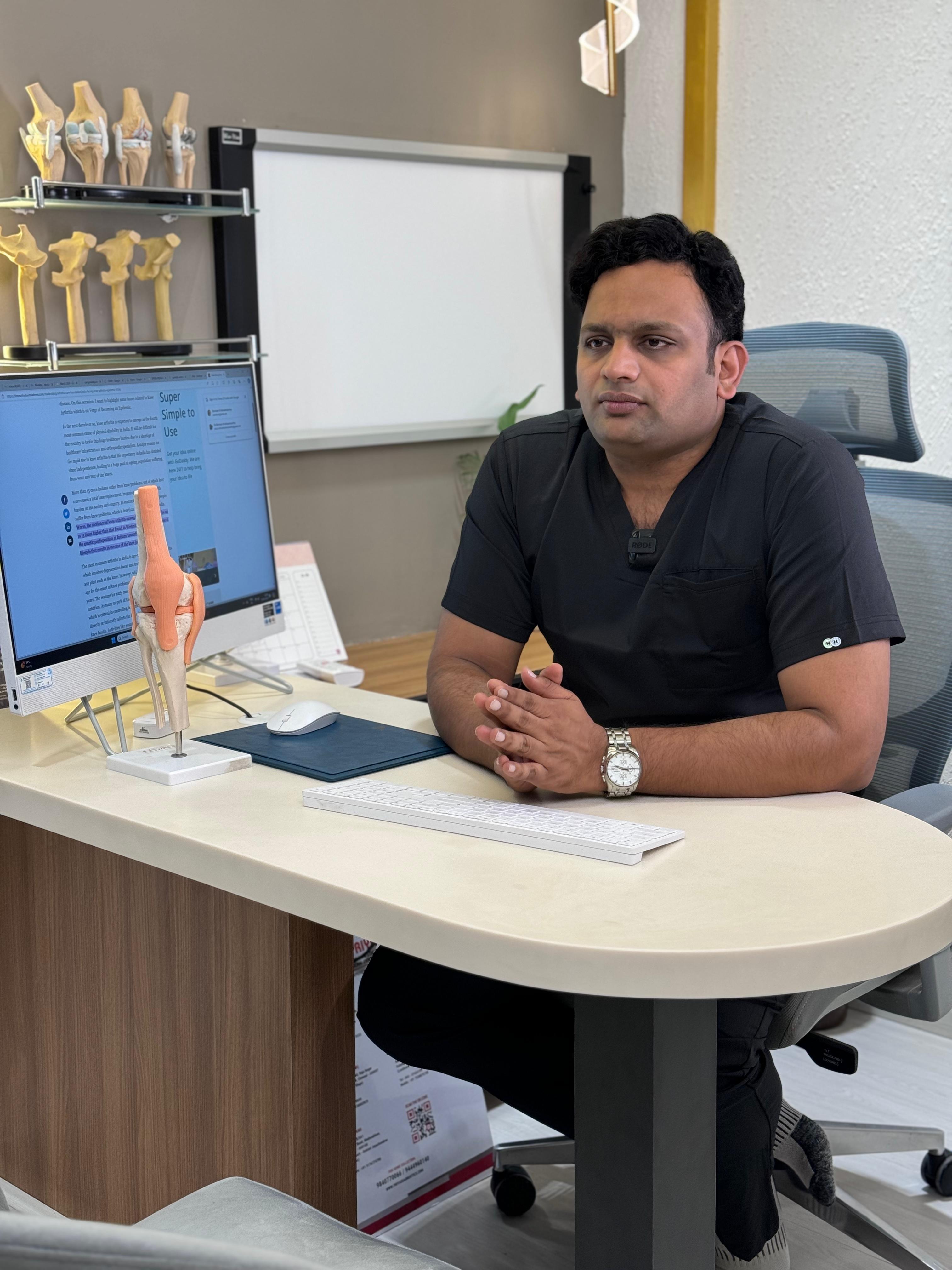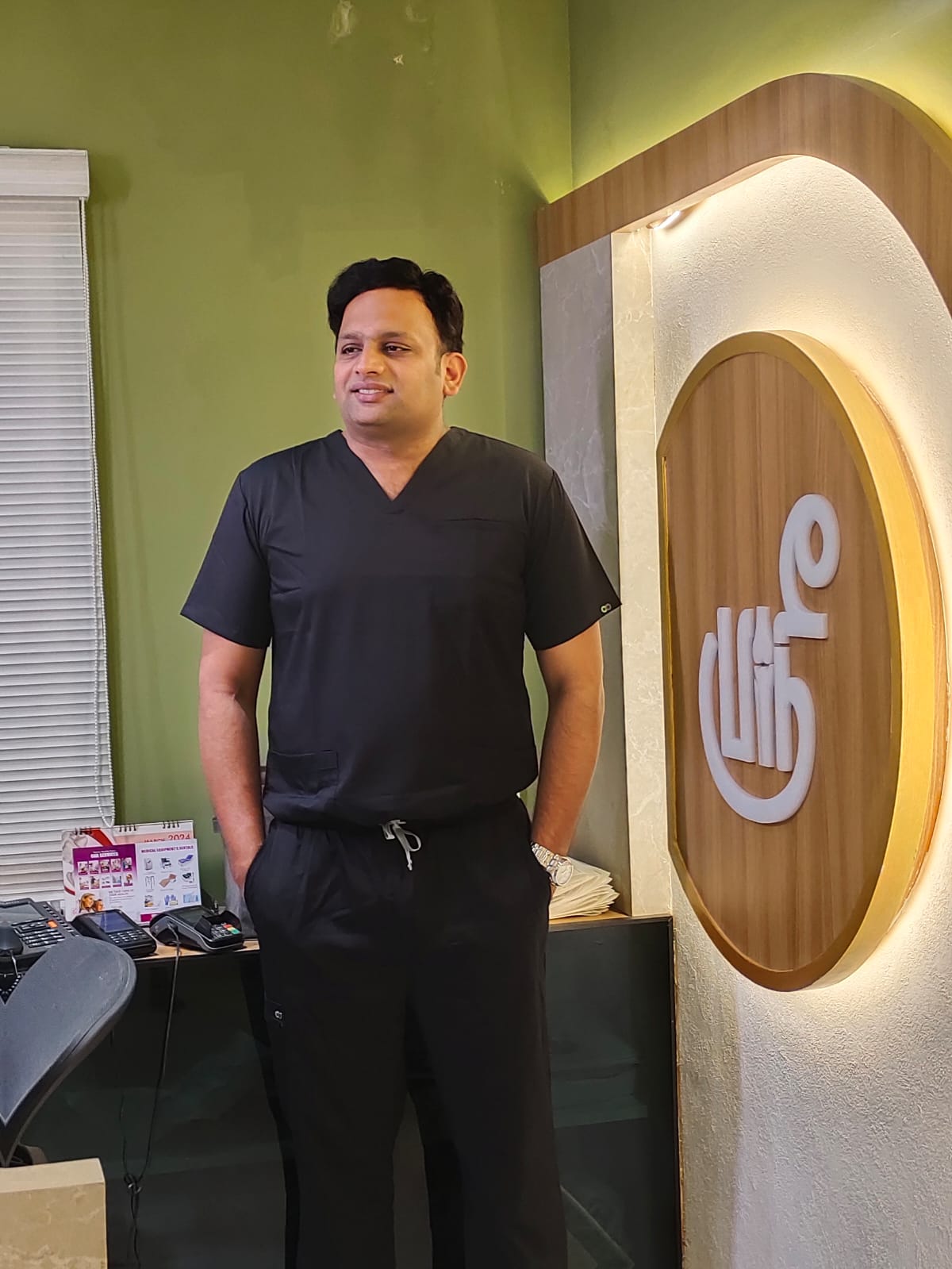What is a Glenoid Fracture?
A glenoid fracture is a break in the socket of the shoulder joint, known as the glenoid fossa, where the head of the humerus (upper arm bone) articulates. This type of fracture is relatively rare, often resulting from high-impact injuries such as falls, sports accidents, or motor vehicle collisions. The fracture can occur in different parts of the glenoid, with the most common patterns being glenoid lip fractures, which happen when the ball of the joint dislocates and damages the rim of the socket, and glenoid fossa fractures, which involve the central part of the socket.
Causes
The primary causes of a glenoid fracture are high-energy trauma incidents. These can include falls, where one lands on an outstretched hand or experiences a direct impact to the shoulder, as well as sports injuries from contact sports or activities that involve sudden, forceful movements. Motor vehicle accidents are also a significant cause, where collisions or sudden deceleration can exert substantial trauma to the shoulder, leading to fractures. These fractures are relatively uncommon but can have serious implications for shoulder stability and mobility.
Risk Factors
Risk factors for a glenoid fracture primarily revolve around scenarios that involve significant force or trauma to the shoulder area. High-energy impacts, such as those from motor vehicle accidents, which account for more than 70% of scapula fractures, are a leading cause. Contact sports like football, rugby, or hockey, where sudden and intense forces are common, also pose a risk. Falls, particularly those where one lands on an outstretched hand or directly on the shoulder, can result in such fractures.
Additionally, individuals with a history of bone or joint disease, previous immobilization of the arm, or poor physical conditioning (lack of strength and flexibility) may be at increased risk. High-risk activities like skiing or auto racing, where falls or collisions are prevalent, can also contribute to the likelihood of sustaining a glenoid fracture.
Symptoms
The symptoms of a glenoid fracture typically include intense shoulder pain, especially during movement, and may be accompanied by swelling, bruising, and deformity at the site of the fracture. Patients often experience a limited range of motion and may report a feeling of instability in the shoulder, with possible sensations of catching, locking, popping, or grinding. These symptoms can significantly impair daily activities and are indicative of the need for medical evaluation and treatment.
Diagnosis
The diagnosis of a glenoid fracture typically begins with a clinical evaluation, where a healthcare provider assesses the shoulder for signs of injury, pain, and limited range of motion. If a fracture is suspected, imaging studies are employed to confirm the diagnosis and understand the extent of the injury. An X-ray may initially be used to detect a fracture, but it can sometimes miss smaller or more complex fractures due to the overlapping structures in the shoulder.
For a more detailed view, a computed tomography (CT) scan is generally preferred. A CT scan provides a clearer and more comprehensive image of the glenohumeral joint from various angles, allowing for a precise assessment of the fracture pattern and characteristics. This is crucial for planning appropriate treatment, whether surgical or non-surgical, and for predicting the potential impact on shoulder function and stability.
Treatment Options
Treatment options for glenoid fractures depend on the fracture’s type, location, and severity. Non-surgical management is often suitable for non-displaced or minimally displaced fractures. This conservative approach includes immobilization techniques such as using a sling or shoulder brace, alongside pain management and physical therapy to aid in recovery. These methods focus on allowing the bone to heal naturally while minimizing pain and preserving as much shoulder function as possible.
In cases of displaced fractures or when there’s significant instability of the shoulder, surgical intervention may be necessary. Surgical treatments aim to realign the fractured bone fragments to their normal position, which may involve open reduction and internal fixation (ORIF), arthroscopic surgery, or even joint replacement in severe cases. Post-surgery, a rehabilitation program is essential to restore the shoulder’s range of motion, strength, and function, often under the guidance of a physical therapist.
Surgical Treatments
Surgical treatments for glenoid fractures are tailored to the specific type and severity of the fracture. The main goal is to restore the normal anatomy of the shoulder joint, ensuring stability and function. Common surgical procedures include open reduction and internal fixation (ORIF), where hardware such as plates and screws are used to secure the bone fragments.
In more complex cases, arthroscopic surgery may be employed; this minimally invasive technique uses small incisions and specialized instruments to repair the fracture. For fractures involving significant articular surface damage, surgeons may consider joint replacement. Criteria for surgery often include an articular step-off greater than 4 mm, a fracture gap larger than 4 mm, or involvement of more than 20% of the glenoid surface. Postoperative rehabilitation is crucial to regain strength and mobility.
Non-Surgical Treatments
Non-surgical treatments for glenoid fractures focus on immobilization and rehabilitation without the need for surgical intervention. These methods are typically reserved for non-displaced or minimally displaced fractures, where the bone fragments have not moved far from their original position. The primary goal is to allow the fracture to heal naturally while managing pain and preventing further injury. The cornerstone of non-surgical treatment is immobilization, which is often achieved using a sling, splint, or cast. This restricts movement, providing the stable environment necessary for the bone to heal.
The duration of immobilization varies depending on the fracture’s severity but generally lasts for a few weeks. During this period, patients may also engage in gentle range-of-motion exercises for the wrist and elbow to reduce stiffness and swelling. Physical therapy plays a significant role in non-surgical treatment, helping to maintain muscle strength and joint flexibility. As the fracture heals, the intensity of the exercises can increase to improve shoulder function and mobility. In some cases, bone stimulation techniques may be used to promote healing. Regular follow-up appointments with X-rays ensure the fracture is healing correctly and that the treatment plan is effective.
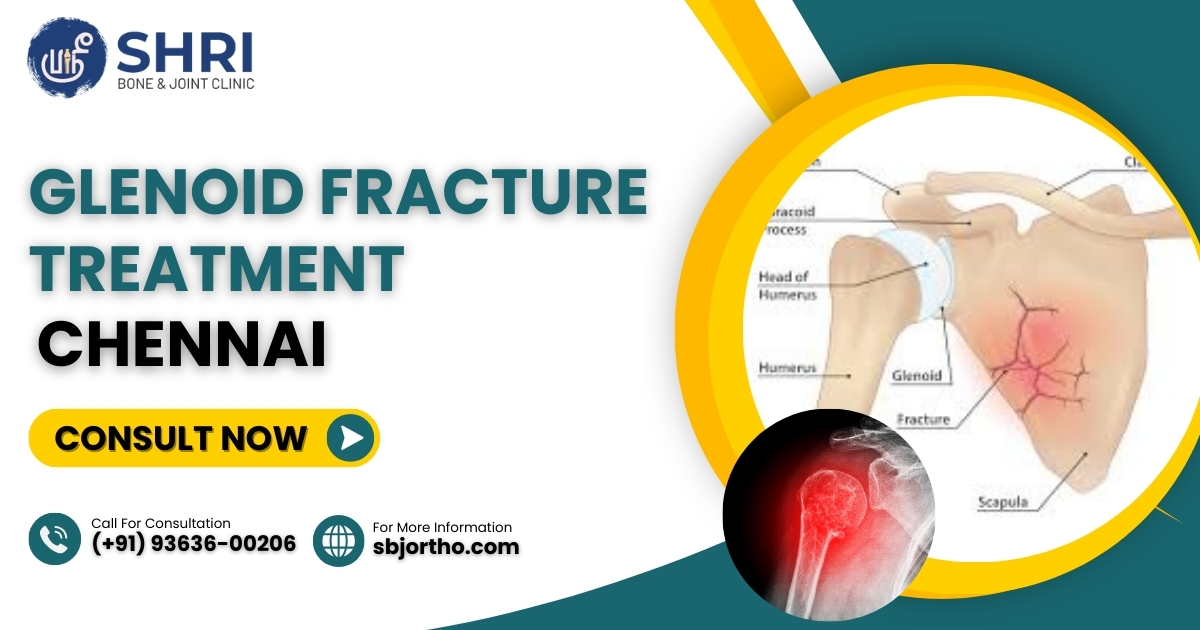
Rehabilitation and Recovery
Rehabilitation and recovery from a glenoid fracture are critical to restoring shoulder function and strength. The process typically begins with immobilization, using a sling or brace, to allow the bones to heal properly. This initial phase can last several weeks, depending on the injury’s severity. As healing progresses, physical therapy becomes integral, focusing on gentle range-of-motion exercises to prevent stiffness and maintain joint mobility.
The next phase of rehabilitation involves more active exercises to strengthen the muscles around the shoulder and improve flexibility. The goal is to gradually return to normal activities while ensuring the shoulder remains stable and pain-free. Recovery times can vary; adults may take six to eight weeks to heal, while children might recover faster. Full recovery, including a return to pre-injury levels of activity, can take four to six months and depends on factors like the fracture’s severity and the patient’s overall health.
Throughout the recovery process, regular follow-ups with the healthcare provider are essential to monitor healing and adjust the rehabilitation program as needed. Successful recovery from a glenoid fracture requires a well-coordinated effort between the patient, medical team, and physical therapists.
Why Choose Shri Bone & Joint Clinic for Glenoid Fracture Treatment in Chennai, India?
Shri Bone & Joint Clinic in Chennai, India, is a reputable medical facility specializing in orthopedic care, especially in the treatment of glenoid fractures. Led by Dr. Shriram Krishnamoorthy, a National Board certified orthopedic surgeon with expertise in arthroscopy, complex fracture management, and joint replacement, the clinic offers a comprehensive approach to bone and joint health. With the astounding facilities and a commitment to patient-centered care, the clinic provides advanced treatments for a range of orthopedic conditions.
The clinic has a team of highly qualified and experienced Orthopedic Specialists in Chennai who seamlessly gives treatment for Glenoid fracture and other joint ailments. Patients at Shri Bone & Joint Clinic can expect personalized treatment plans tailored to their specific needs. The clinic’s services encompass a variety of procedures, from minimally invasive arthroscopic surgery to complex fracture management and joint replacement surgeries. The clinic also provides the best treatments for Total Shoulder Replacement / Arthroplasty and Reverse Shoulder Replacement / Arthroplasty in Chennai.
Post-treatment, Shri Bone & Joint Clinic emphasizes rehabilitation and recovery, offering personalized physical therapy programs designed to restore strength, flexibility, and mobility to the affected shoulder. The clinic’s commitment to excellence in orthopedic care is evident in its dedication to helping patients achieve the best possible outcomes and return to their daily activities with confidence.
Best Doctor for Glenoid Fracture Conservative Treatment in Chennai, India
Dr. Shriram Krishnamurthy is highly regarded as one of the best doctors for conservative treatment of glenoid fractures in Chennai, India. With a National Board certification in orthopedic surgery and over a decade of experience, Dr. Krishnamurthy brings a wealth of knowledge and expertise to his practice. He is known for his patient-centric approach, taking the time to thoroughly explain conditions and treatments to his patients, which fosters a comforting and trusting environment. His proficiency in non-surgical methods, such as immobilization techniques and physical therapy, makes him a preferred choice for patients seeking non-invasive treatment options.
His commitment to conservative treatment is evident in his personalized care plans, which are designed to promote natural healing and recovery while minimizing discomfort. Dr. Krishnamurthy’s approach often includes a combination of rest, pain management, and carefully monitored rehabilitation exercises to ensure the best possible outcomes for his patients. The positive feedback from his patients, who commend his friendliness and the effectiveness of his treatments, further solidifies his reputation as a leading orthopedic surgeon for glenoid fracture treatment in Chennai.
Cost of Glenoid Fracture Surgery in Chennai, India
The cost of glenoid fracture surgery in Chennai, India, can vary depending on several factors, including the specific hospital, the complexity of the surgery, and the patient’s individual needs. However, based on available data, the estimated cost for fracture treatment in Chennai starts from approximately ₹1,20,000, with an average cost around ₹1,50,000, and can go up to ₹1,80,000 or more. It is important to note that these figures are general estimates and the actual cost may differ. Patients are advised to consult with their healthcare provider or the hospital for the most accurate and current pricing information. Additionally, some hospitals may offer packages that include the surgery, hospital stay, and post-operative care, which could affect the overall cost.
How long does a glenoid fracture take to heal?
The healing time for a glenoid fracture can vary, but it typically ranges from four to six months for adults. Children may experience a faster healing process.
Is a glenoid fracture serious?
Yes, a glenoid fracture is considered serious due to its potential to significantly affect shoulder joint stability and mobility. Proper treatment is crucial to prevent long-term complications and ensure full recovery.
How long do you wear a sling after a glenoid fracture?
After a glenoid fracture, a sling is typically worn for four to six weeks to ensure proper immobilization and support during the initial healing phase. The exact duration may vary based on the fracture’s severity and the doctor’s recommendations.
What happens if I don't wear my sling?
Not wearing a sling after a glenoid fracture can lead to complications such as increased pain, delayed healing, and potential for further displacement of the fracture. It may also result in long-term issues like shoulder stiffness, chronic pain, or instability. Proper sling use is crucial for immobilization and successful recovery.
What is the best exercise for a fractured shoulder?
The best exercise for a fractured shoulder is the pendulum exercise, where you bend at the waist, let your injured arm hang, and gently swing it in circles. As healing progresses, exercises like forward flexion and wall climbs can help regain strength and flexibility.
Better Health Care is Our Mission
Phone
Shri Bone & Joint clinic
#1, 2nd Main Road
Nehru Nagar
Adyar
Chennai - 20.
Phone: 044 3549 0206
MGM Healthcare
No.72,
Nelson Manickam Road,
Collectorate Colony, Aminjikarai,
Chennai - 600029.
Phone: 044 4524 2424
